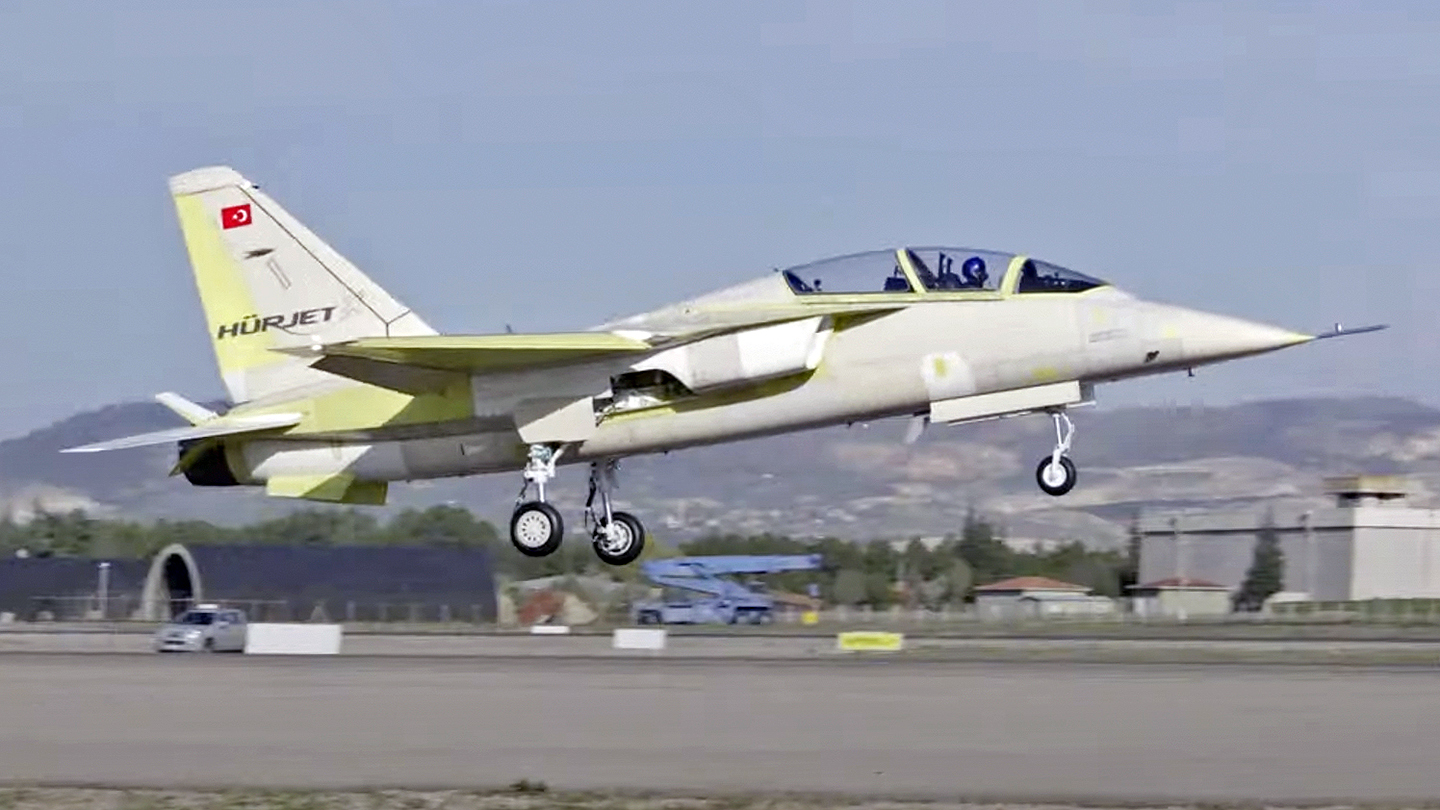Turkey has flown the first example of its Hürjet jet trainer and light attack aircraft in the latest milestone for a country that’s rapidly developing new homegrown aerospace technologies.
While the Hürjet is primarily expected to provide training to future Turkish fast-jet pilots, it also offers a significant level of performance and advanced avionics, making it suitable for combat missions, too, and it’s even been touted to possibly operate from the Turkish Navy’s innovative hybrid drone-carrier/assault ship, the TCG Anadolu.

Turkey announced the maiden flight of the first prototype Hürjet today, but it actually took off for the first time on April 23, from the main Turkish Aerospace Industries (TAI) facility outside Ankara. An official video, plus unofficial footage that appeared on social media, showed the unpainted Hürjet accompanied by an F-16 fighter jet during its maiden flight. The flight reportedly lasted 26 minutes and saw the Hürjet reach a speed of 250 knots and an altitude of 14,000 feet.
The event has been met with considerable fanfare in Turkey, not least because the Hürjet is the first jet-powered manned aircraft to be developed from scratch in the country and it will also be the first Turkish-made jet with supersonic performance. Taking to Twitter, Turkish President Recep Erdogan welcomed the announcement of the first flight and declared “Celebrate the Turkish Century!”
The maiden flight was preceded by engine tests of the U.S.-supplied General Electric F404 turbofan, which began in February. A video showing a taxi test then appeared the following month.
Overall, the project has been run at an impressive pace, something that’s becoming an increasingly prominent feature of Turkey’s aerospace programs. As well as the Hürjet, other notable projects include the TF-X next-generation fighter, the Anka-3 low-observable flying wing unmanned combat air vehicle (UCAV), and the fighter-like Bayraktar Kizilelma drone that is already in flight testing.
TAI only began work on the Hürjet project in 2017 and the company has an aggressive schedule for the future, with plans to launch the series production of two aircraft per month from 2026. A lot could happen before then, of course, with delays and problems being a regular feature of test programs for new military aircraft. The transition from testing to production — including qualification and certification — could well mean this target is missed.
Powered by a single F404 engine, the Hürjet shares its tandem cockpit configuration and conventional swept-wing planform with most other modern jet trainer/light attack aircraft.
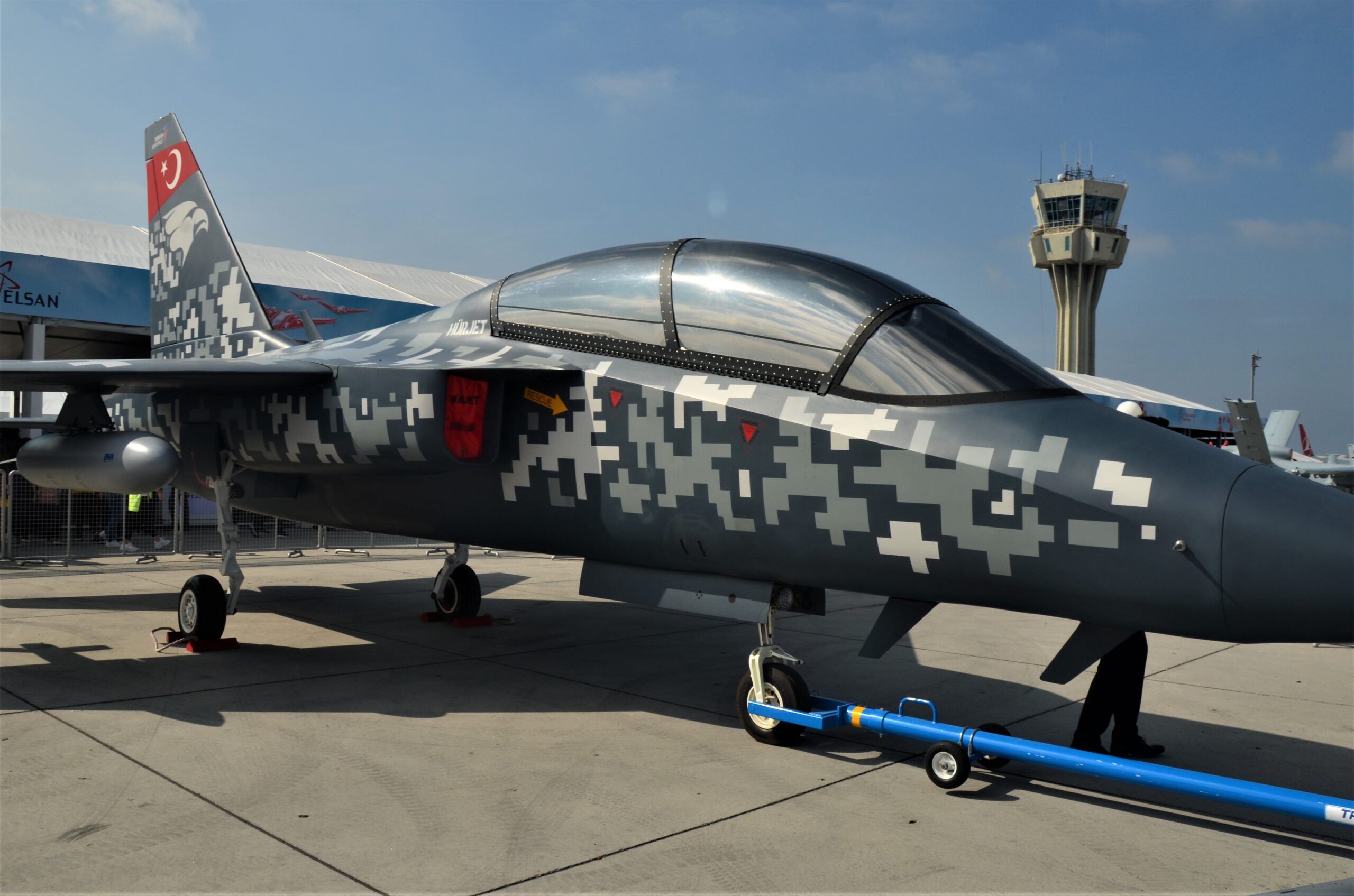
The aircraft is roughly 43 feet long with a wingspan of approximately 36 feet. Planned performance parameters include a maximum speed of Mach 1.2 (Mach 1.4, according to some sources), a maximum altitude of 45,000 feet, and the ability to carry a 6,600-pound payload.
As well as this high level of performance, another key to the Hürjet’s advanced training will be its modern avionics suite and cockpit, including a wide-area display (WAD). This has led to Turkish media describing it as a “fifth-generation training aircraft.” This would seem to suggest that the Hürjet will also be optimized for training pilots destined for Turkey’s future fighter jet, the homegrown TF-X, another TAI product that you can read more about here.
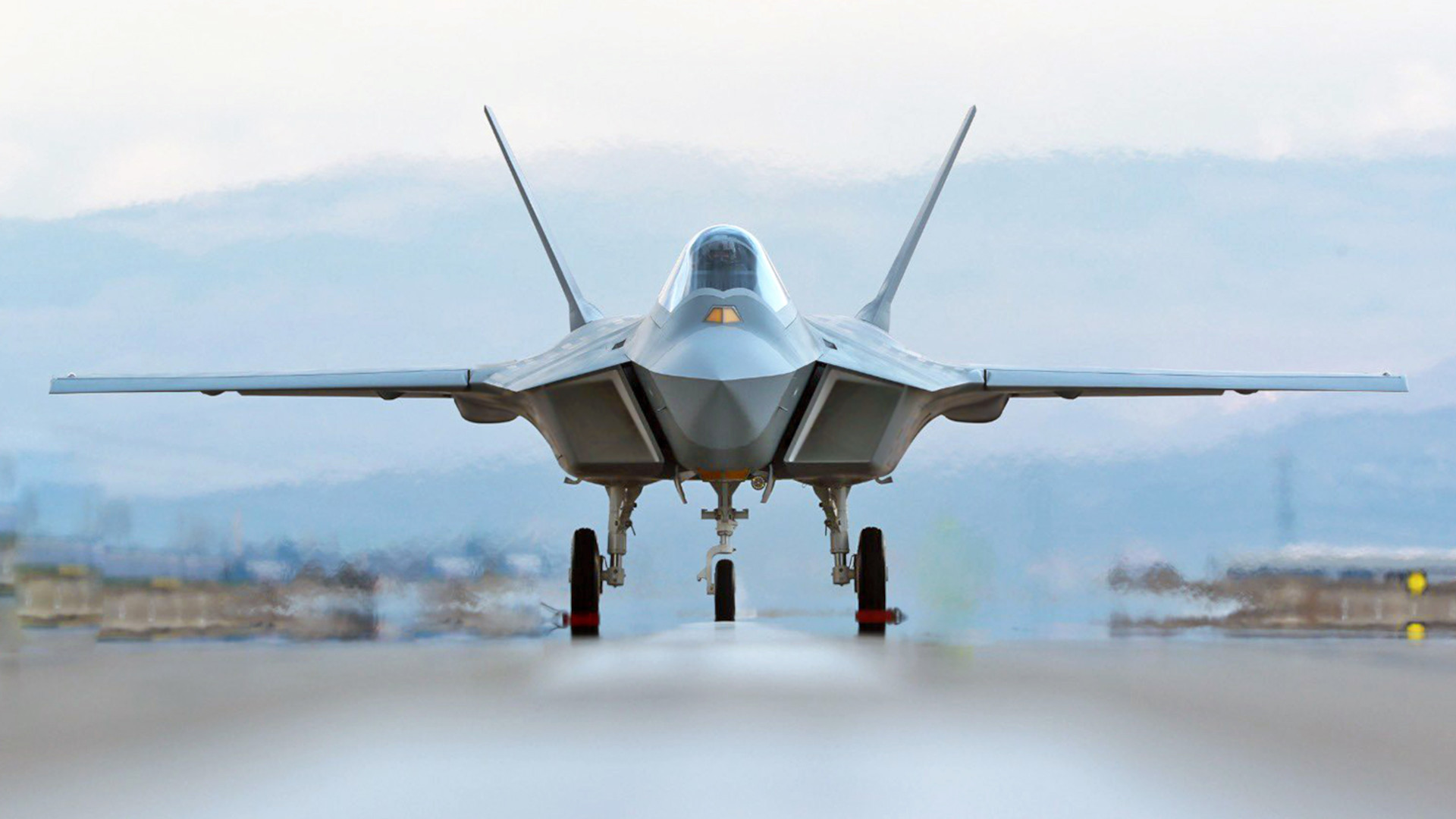

Ultimately, there are plans to outfit the Hürjet with radar and mission systems, too, enabling it to undertake combat missions. Turkey already produces a wide range of defensive and offensive air-launched weapons, including precision-guided air-to-ground munitions, some of which have standoff range. This means that it could potentially be armed exclusively with weapons from domestic production sources.
An artist’s concept of a Hürjet armed with air-to-air missiles and precision-guided air-to-ground munitions from Turkish production:

While the Hürjet clearly has potential for further development for combat missions, it was originally tailored to meet a Turkish Air Force requirement for a training jet that would be able to replace its current fleet of U.S.-made T-38 Talons and NF-5 Freedom Fighters. While these have been locally upgraded to the T-38M Ari and NF-5A-2000 standards, respectively, they are now aging aircraft and are becoming increasingly difficult to support. The NF-5s are operated by the Turkish Stars aerobatic display team, for which new equipment — especially from a local production source — is a matter of pride as well as sustainability.

Currently, the Turkish Air Force operates around 68 T-38s and 19 NF-5s, although it’s not clear if these would be replaced on a one-for-one basis, especially considering the additional capabilities and improved efficiencies promised by the Hürjet.
Beyond that training role, however, there is scope for the Turkish Air Force to adopt a version of the Hürjet for combat roles, as a light fighter and ground-attack aircraft, for example. While Turkey doesn’t currently operate an aircraft in this category, it could prove attractive based on its relatively low cost and the fact that it would provide a further boost to TAI and the Hürjet’s export prospects.
The combat fleet of today’s Turkish Air Force is dominated by the F-16, as we have discussed in the past.
The world’s third-largest Viper operator, Turkey received a total of 270 aircraft delivered in successively more capable Block 30, Block 50, and Block 50+ configurations. Local industry has also played a major role in the Turkish F-16 program, with involvement from TAI from the outset, including local assembly of aircraft and production of center/aft fuselage sections and wings.
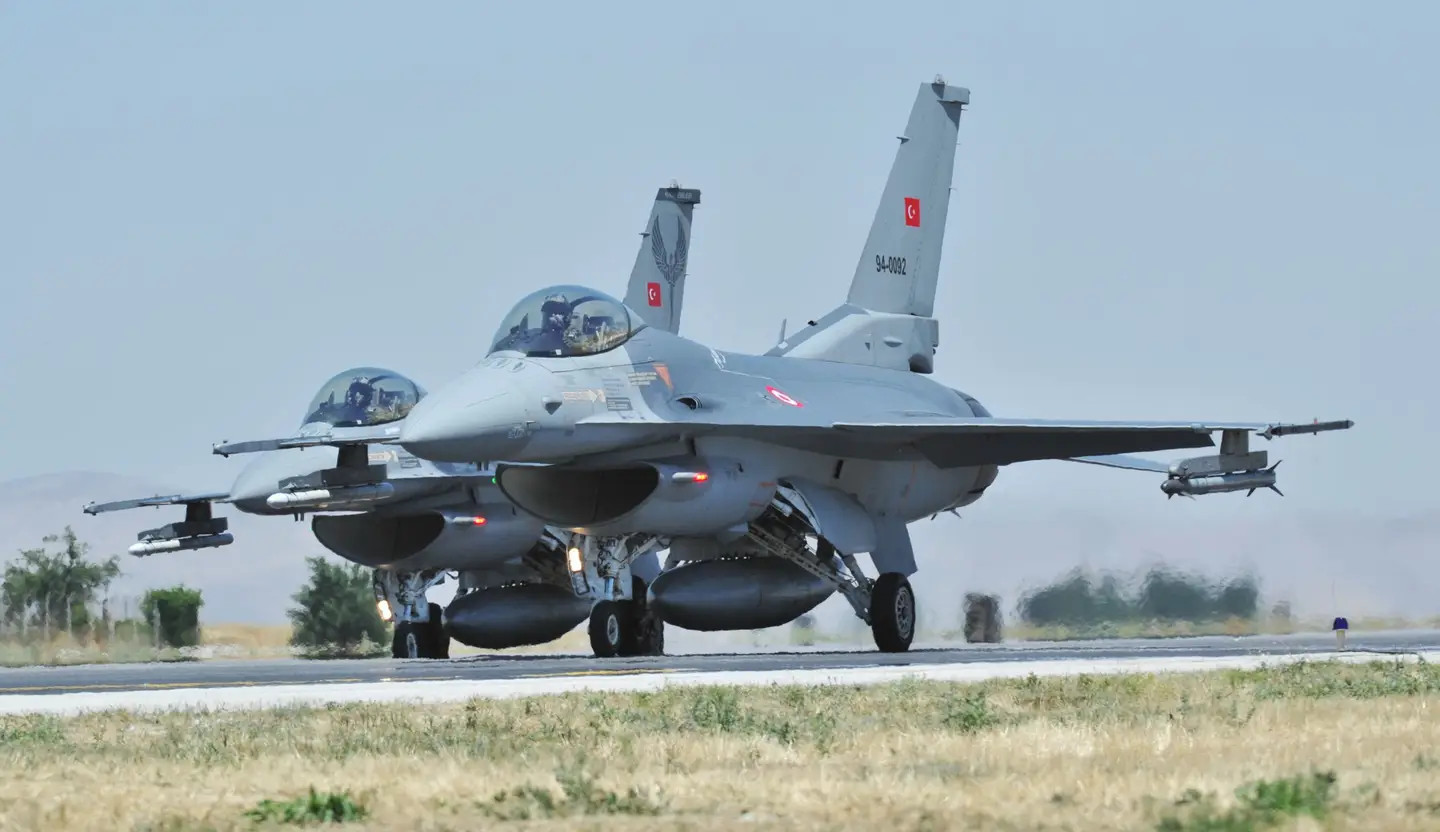
At one time, a significant portion of the Turkish F-16 fleet was planned to be replaced by F-35A stealth fighters, again with heavy involvement in the program from TAI. But Turkey was ejected from the Joint Strike Fighter program in 2019 after purchasing Russian-made S-400 air defense systems. Since then, another batch of F-16s has reportedly been discussed, but no deal has been struck.
In the meantime, Turkey has been engaged in a comprehensive local upgrade for its existing F-16 fleet. As we have discussed in the past, a structural improvement program is now underway to extend the service lives of some of the oldest F-16s in the Turkish inventory. As it prepared to be hit by U.S. sanctions as a result of the S-400 purchase, Turkey also reportedly began stockpiling spare parts for its Vipers in 2019.
It could be that a light combat aircraft version of the Hürjet provides a partial alternative to more F-16s, especially as these come with the strings of U.S. foreign policy considerations — and potential future sanctions — attached. While a combat-optimized Hürjet wouldn’t match the all-around capabilities of an F-16, it would provide Turkey with much more autonomy, although it’s notable that its engine is also provided by the United States.
A more surprising role for the Hürjet within the Turkish Air Forces has also been promoted. President Erdogan himself has said that a version of the jet will be able to take off from and land from drone-carrier/assault ship Anadolu, which entered service with the Turkish Navy earlier this month.
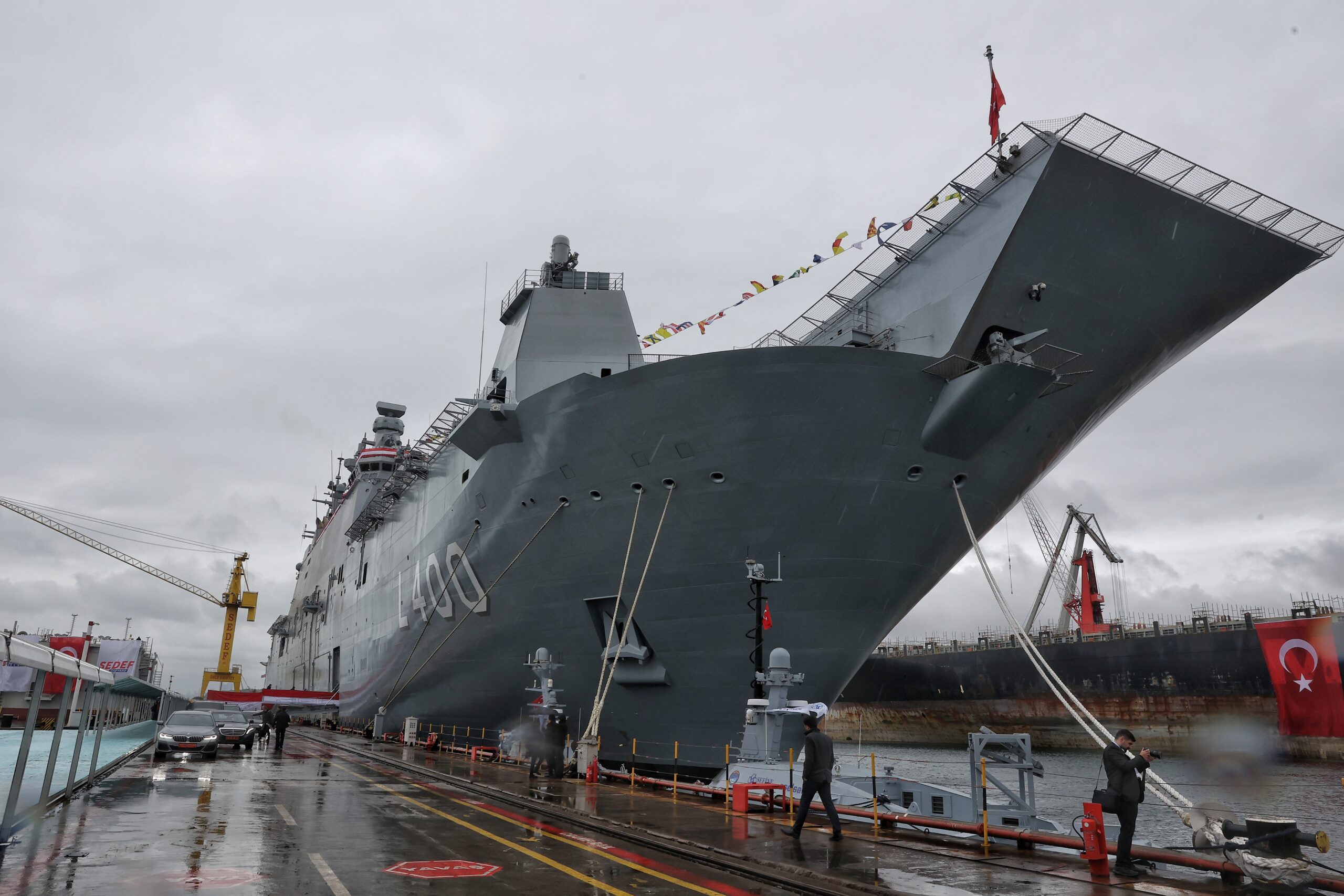
It’s obvious that some substantial changes would have to be made to the Hürjet before it could operate from the Anadolu, which would need appropriate modifications for the launch and recovery of a fixed-wing manned aircraft. While the concept has been looked into and supposedly simulated, it’s unclear if the Turkish Navy is actively interested in the idea and, if so, what kind of roles a navalized Hürjet might perform. With a host of drones and helicopters already scheduled to operate from the warship, it may well be the case that the burden of introducing the Hürjet to the air wing — not to speak of the associated training and equipment demands — might prove prohibitive.
Ultimately, the export market might prove the best option for the Hürjet. While there is currently no shortage of similar jet trainers and light attack aircraft, the Hürjet’s relatively high level of projected performance does set it apart, with perhaps only the Korea Aerospace Industries (KAI) T-50/FA-50 family of jets offering similar capabilities. What’s more, Turkey has already established itself as a major exporter of defense aerospace products, thanks to its successful and combat-proven drones.
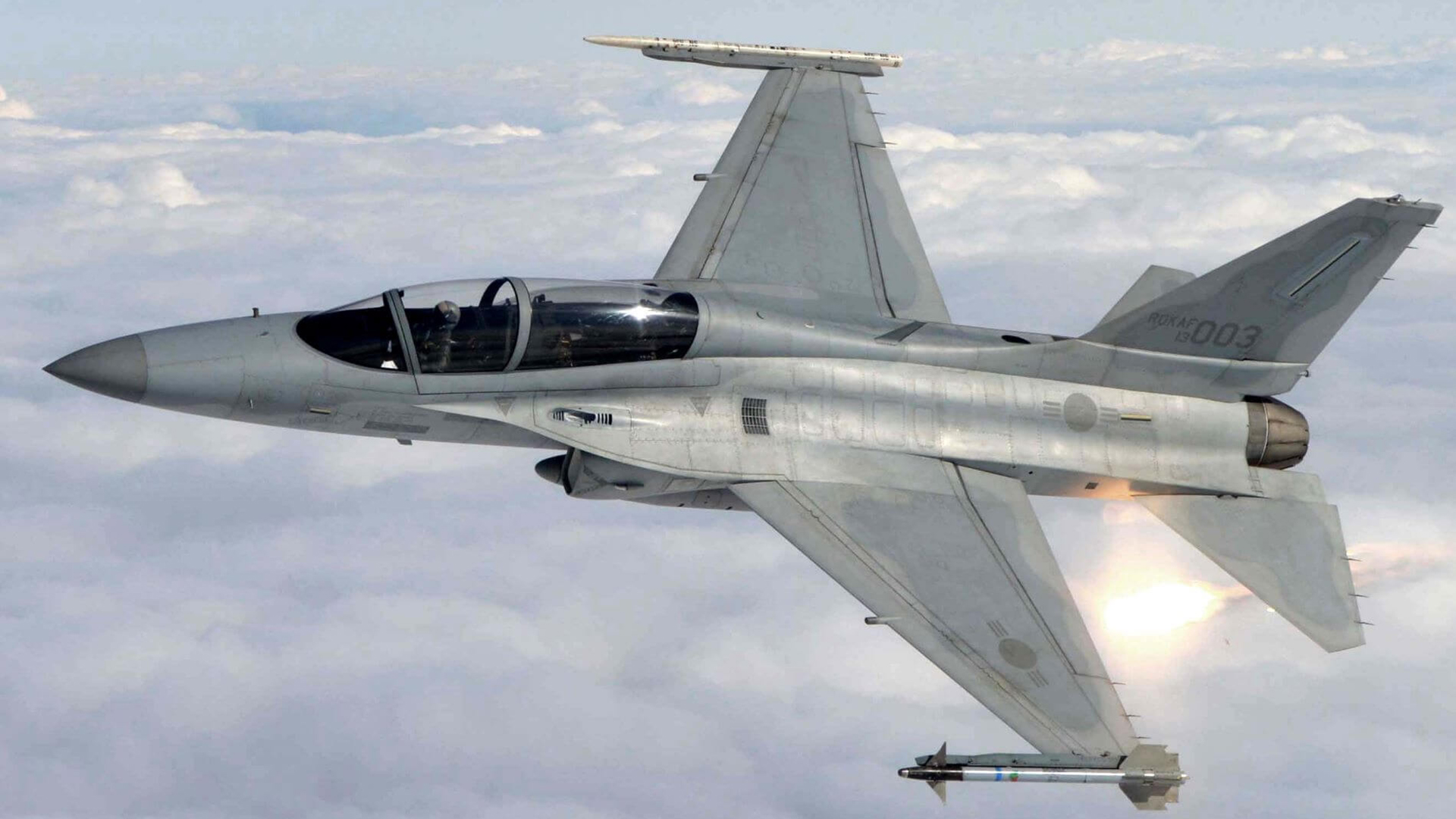
It’s not hard to imagine that a number of customers might be interested in the Hürjet, especially in a light combat aircraft capacity.
So far, the customers for the popular Turkish TB2 drones have been dominated by countries that would not be able to buy more advanced equipment from the United States, usually on political or technological risk grounds. This arrangement would not necessarily extend to the Hürjet, at least in its current form, since the United States would still be able to prevent its export on account of its F404 engine.
Unless replaced by a similar unit, the F404 engine may ultimately restrict the Hürjet’s export prospects, although, with significant numbers of these aircraft required by Turkey for training duties alone, the future of the aircraft seems relatively secure. As Turkey’s military aerospace industry continues to flourish, the Hürjet may well go on to bigger successes, too.
Contact the author: thomas@thedrive.com
